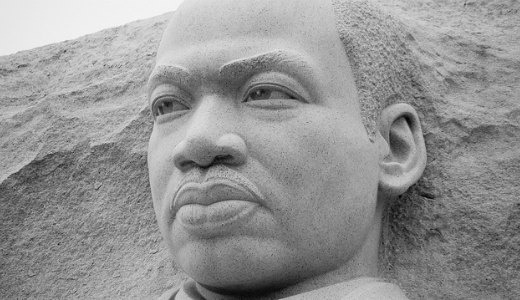
When it comes to teaching civil rights, schools in the South have a more rigorous approach than nearly every other region of the country according to a new study by the Southern Poverty Law Center. Southern schools earn a grade of C or better says the survey, “Teaching the Movement: The State of Civil Rights Education in 2011.”
Eight southern states received an A, B or C – relatively weighty grades when compared to the rest of the country.
Sixteen states have no requirements at all when it comes to teaching civil rights history, the study found.
The authors of “Teaching the Movement” compared the requirements in state standards to a body of knowledge that reflects what civil rights historians and educators consider core information about the civil rights movement, and assigned A to F grades accordingly.
Some 35 states received an F when curriculums were graded according to these standards. Two states, Arizona and Arkansas, and Washington D.C. scored a grade D.
According to the New York Times, “Alabama, Florida and New York were given A grades. Those states require relatively detailed teaching about the decade and a half of historic events, roughly bookended by the Supreme Court’s 1954 school desegregation ruling and the April 1968 assassination of the Rev. Dr. Martin Luther King Jr. and the enactment of the federal Civil Rights Act a week later.”
Civil rights leader Julian Bond, who wrote the preface to the study, cautions that even those states that did better have a ways to go. “The civil rights movement is given short shrift in the educational standards that guide what students learn,” Bond says. “Although Southern states generally do a better job teaching the movement than the rest of the country, they have little to brag about.”
Part of the problem may be generally low standards for teaching history. “Over the past decade, students have performed worse on federal history tests administered by the Department of Education than on tests in any other subject. On the history test last year, only 12 percent of high school seniors showed proficiency, writes the Times.
Countrywide only 2 percent of students could accurately answer questions about Brown v. Board of Education, the landmark school desegregation case.
Civil rights history that preceded Brown v. Board is likely to be given even shorter shift, including the founding of the NAACP and its predecessor the Niagara Movement, the Garvey phenomena and the historic movements of the 1930s and 1940s against segregation and discrimination in the North, East and Midwest.
The study’s authors point out that civil rights history is indispensable to a well rounded education: “Students must learn about the civil rights movement. More than an essential chapter in our nation’s history, it educates us about the possibilities of civic engagement while warning us about the kinds of resistance that stand in the way of change.”
While important for minority students, they argue it is equally important for white students as well: “It helps students in the now-tenuous demographic majority to understand current cultural conflicts, political controversies and economic inequalities. When students learn about the civil rights movement, they learn about the democratic responsibility of individuals to oppose oppression.”
Photo: tedeytan // CC 2.0










